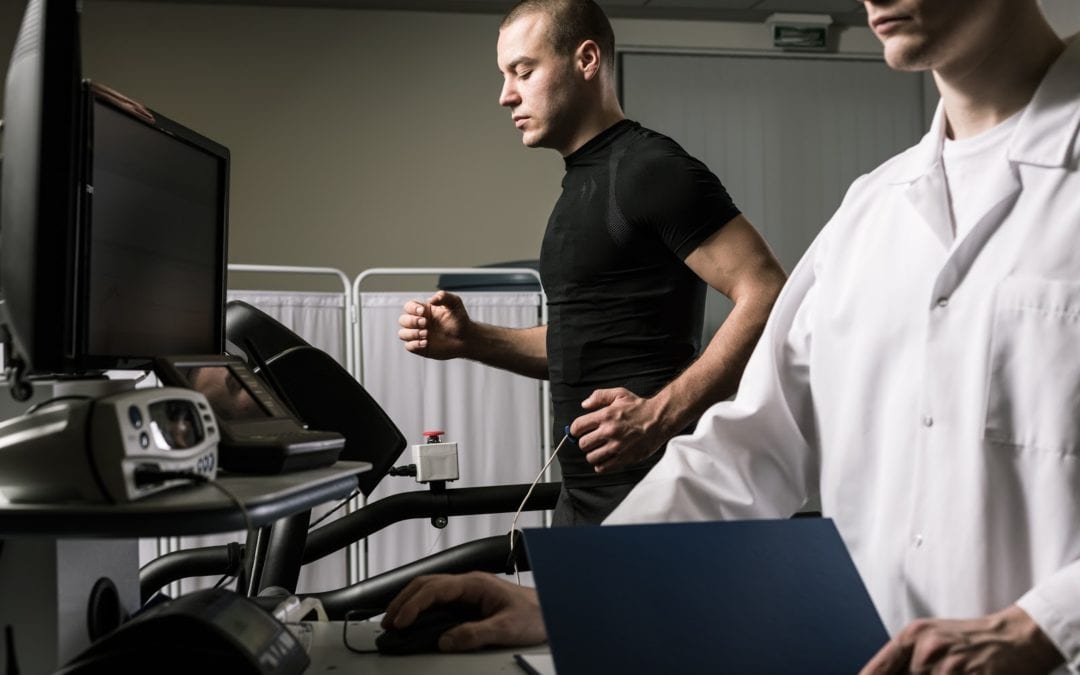We all need to take care of our hearts if we want to live long, healthy lives. That often includes getting tested for common problems. Cardiac stress tests are among the most common of the testing methods. They may sound intimidating, but they’re fairly quick and easy for most patients.
What are Cardiac Stress Tests?
We rely on cardiac stress tests as one of our tools for assessing an individual’s risk of certain heart and circulatory problems. They’re a good choice for some patients who are already at risk for developing those problems or as a diagnostic tool for people who are showing symptoms that might point at them.
These tests can also help us determine an appropriate level of exercise for people who are getting active. Stress tests are not completely conclusive on their own or appropriate for every case but they are a very valuable medical tool.
Getting Ready
These tests require a little bit of preparation. The doctor will provide instructions in advance and it is vital to follow them to the letter to make sure everything goes well. In general, it is necessary to fast before the test and to stay away from caffeine.
It is also important to dress appropriately for the test. It involves some exercise, so wear clothes that are comfortable when running. When in doubt, ask the doctor for advice about how to prepare.
Start with an Examination
The process starts with a basic examination of the heart so that the doctor has a baseline for your heart’s condition. The doctor will inject you with a medication that helps with the imaging process before scanning your heart. The scan will produce an image that shows which parts of the heart are using oxygen. The doctor can use this to check on your heart’s health before the rest of the test and look for serious problems.
Hit the Treadmill
The next step is to put the heart under a little bit of stress by exercising. You will walk or jog on a treadmill while the doctor keeps an eye on your heart rate. The treadmill will start slow but will get faster over time until either you hit the right heart rate or you start to show signs of trouble. After that, you will get another injection and take a break.
Get a Second Exam
The doctor will need to take another set of images to compare with the originals but the conditions will be slightly different. You will need to eat some food and get some rest for a couple of hours before coming back to get the second set of pictures.
Wait for Your Results
It generally takes about a day for the doctor to look at the results and return them. You may get information on follow-up tests or treatments at the same time. If you went into the stress test to help diagnose the cause of existing symptoms, you may need additional tests to narrow down the options. The doctor may also find abnormalities that warrant another look. On the other hand, you may come back with a clean bill of health.
Regardless of the results, the key to moving forward is to listen to your doctor and follow any suggestions that they have for staying healthy. That is why it’s important to partner with professional, qualified physicians who have experience handling your medical issues. The SLMA team of physicians is equipped to prepare, administer and guide you through your cardiac stress test to help diagnose illness and make you a healthier you.

